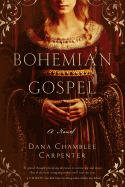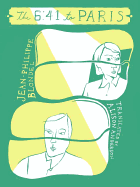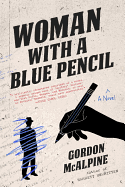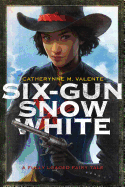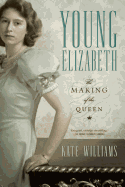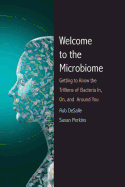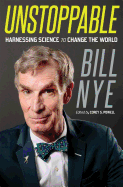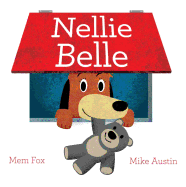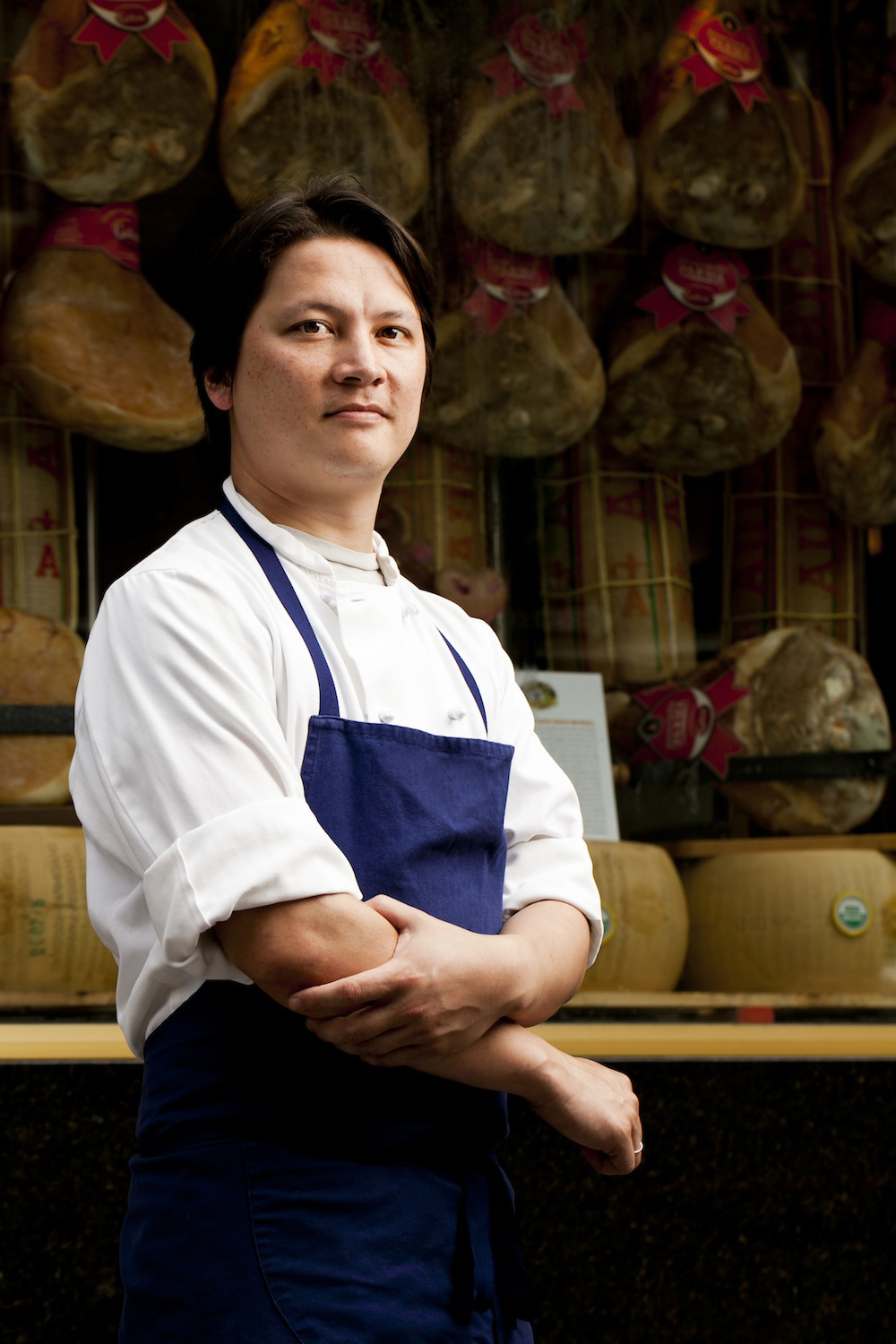 |
| photo: Peter Tannenbaum |
A graduate of MIT, J. Kenji Lopez-Alt previously served as editor of Cook's Illustrated magazine. He is currently managing culinary director of Serious Eats, where he also authors "The Food Lab" column, dedicated to exploring the science of food. His book of the same name (W.W. Norton) expands the content of this column with more than 900 pages of food science, recipes and full-color photographs. Lopez-Alt lives in San Francisco.
The Food Lab is full of recipes, as well as narratives about cooking and food science, making it a very readable cookbook.
I wanted it to be a book that people would use in the kitchen, but also one that people who don't cook would find interesting to read. It's part cookbook, part pop science.
The recipes are meant to be recipes that people can cook all the time, and that people of any skill level could follow. If you want to just follow the recipes, you're going to get a result that works. But if you're a more advanced cook reading a recipe for something simple, I've tried to put enough background and information on testing and questioning conventional cooking knowledge that you will perhaps learn something new.
Introducing the book, you say that once the basic science of a recipe is understood--both the "how" and the "why"--the cook is freed from a recipe's constraints.
Yes. People learn recipes by rote, from their parents and grandparents, and then follow every single step start to finish. That's understandable; it's hard to figure out which part of a recipe is really important and which part can change with so many different steps.
By teaching people the science behind recipes, I hope to give people the opportunity to experiment for themselves and figure out how to achieve the results that they want.
For example: maybe you don't like your roast chickens specifically the way that I like mine; maybe you want a different texture or seasoning. Understanding how heat and meat and skin and salt interact can let you make the recipe serve your own personal tastes.
Now you can start with your favorite recipe or your mother's recipe and then really make it your own.
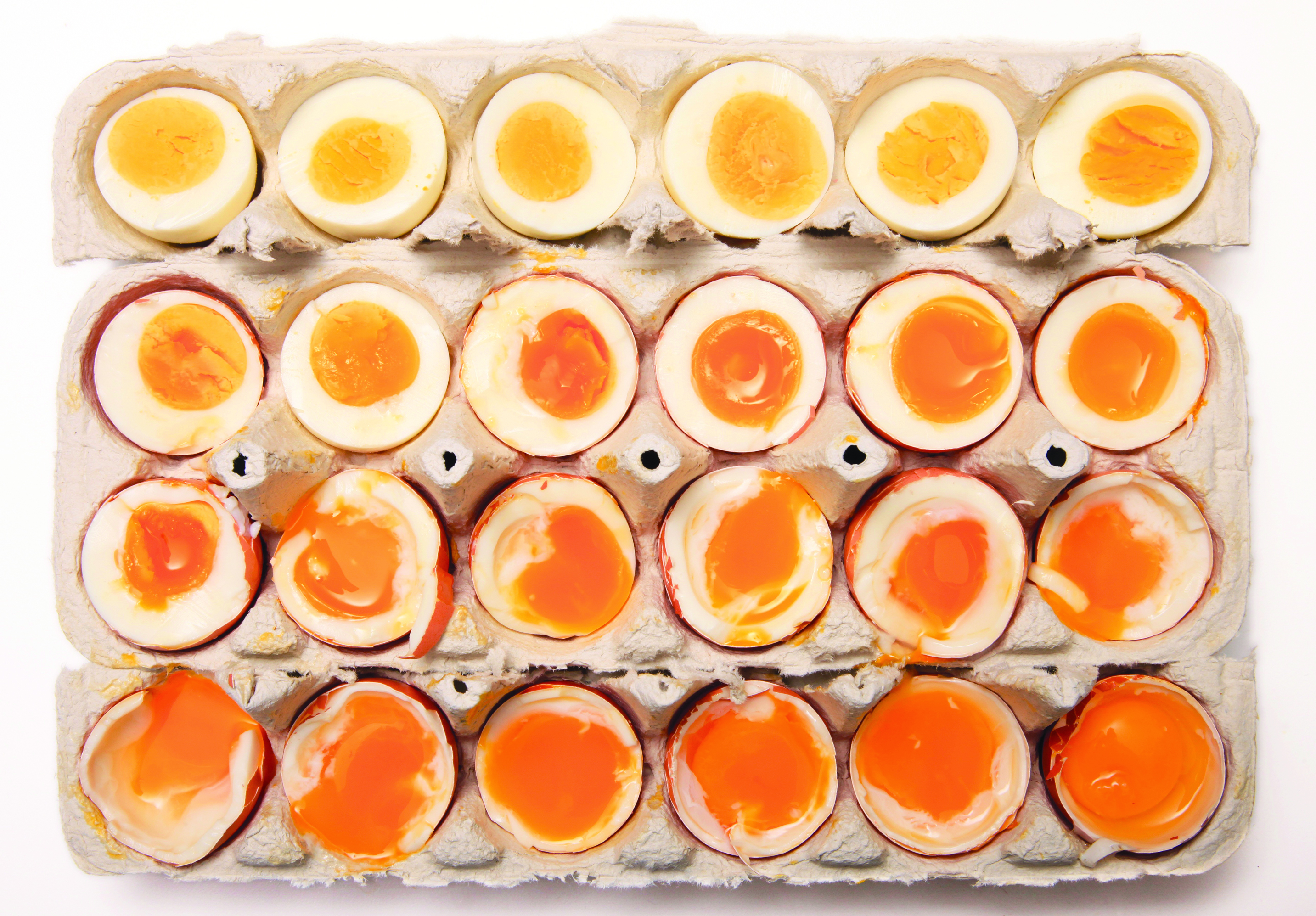 The Food Lab grew out of your column of the same name on Serious Eats, which all started with a post on boiling eggs. How did that come about?
The Food Lab grew out of your column of the same name on Serious Eats, which all started with a post on boiling eggs. How did that come about?
I told the founder of Serious Eats that I'd always been interested in doing a column on food science. He said I should, and we'd call it The Food Lab.
It seemed like eggs were a natural place to start: they're uncomplicated and yet simple, they're cheap, everybody eats them. And for boiled eggs in particular, people have all these thoughts on best methods to make them, so it just seemed like a topic that was ripe for easy, inexpensive experimentation. It turned out to be insanely popular.
The column has evolved over the years, but it's all based on that very first post: tons of experimentation on dishes common to the American repertoire and food that people take for granted.
How much of the book is new content, and how much will feel familiar to long-time fans of the online column?
The methodology and the concepts will obviously feel familiar, but as far as the actual content, it's about 75% new. I took some of the biggest hits from the column and included those, because they will be of interest to people who never read the site. But a book is a different format than a website, so my approach for what recipes to include and not include was different from how I think about what to include or not include online.
How does about writing a whole book differ from doing shorter pieces?
A lot of the most difficult work was not the writing itself, but the organization: making sure that when people needed a certain piece of information, they could find it easily; making sure the layout fit the content; etc. That's stuff you think about in an article, but organizing 3,000 words into a story is a lot easier than organizing 1,000 pages into a coherent book.
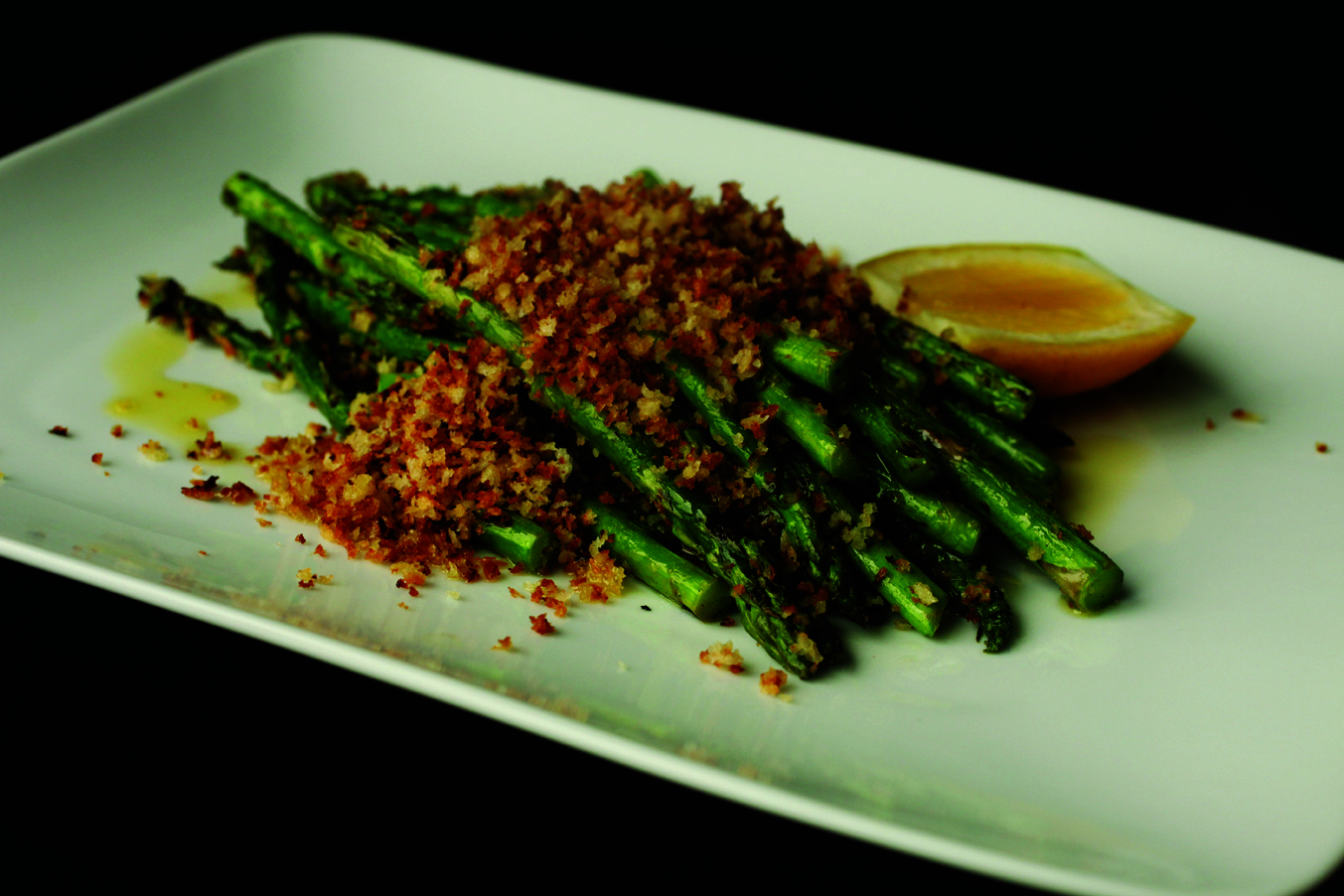 And then there are photographs of various steps of each experiment, recipe and technique scattered throughout every narrative.
And then there are photographs of various steps of each experiment, recipe and technique scattered throughout every narrative.
Those are mostly the product of my own obsessive natural tendencies. I take photos of everything I cook all through the cooking process, specifically because I never know when I'm going to want that picture for something. So the pictures you see in the book are pictures I took as I was working on recipes.
When you work on recipes, do you work out of a test kitchen or in your home?
No, this book was written 100% out of my apartment in Harlem. I don't live there anymore, but it was a one-bedroom apartment with a little tiny kitchen.
You make a point of recommending affordable tools and equipment, as well as highlighting inexpensive ingredients in your recipes.
That comes from my days with Cooks Illustrated. If you want people to cook your recipes, you have to make sure that it doesn't use fancy equipment and that it takes into account real-world strains.
So that was one of the basic parameters of the book. This was going to be something that people would learn from, but also that was accessible to more than just a small niche of people who were willing to spend tons of money.
There are a few places in The Food Lab, like in the recipe for Garlicky Sautéed Spinach, where you come to the conclusion that the traditional way of doing things really can't be improved upon. Are there other classic recipes and techniques you'd never change?
When I start working on a recipe, I don't set out to disprove anyone else. I just want to know what is the best way to do something, regardless of whether it's traditional or something new.
I think people can get caught up in the idea of besting tradition, but sometimes tradition is right and is tradition for a reason. Actually, quite often tradition is right. When that's the case, I want to tell people that it is--and then hopefully explain why it is.
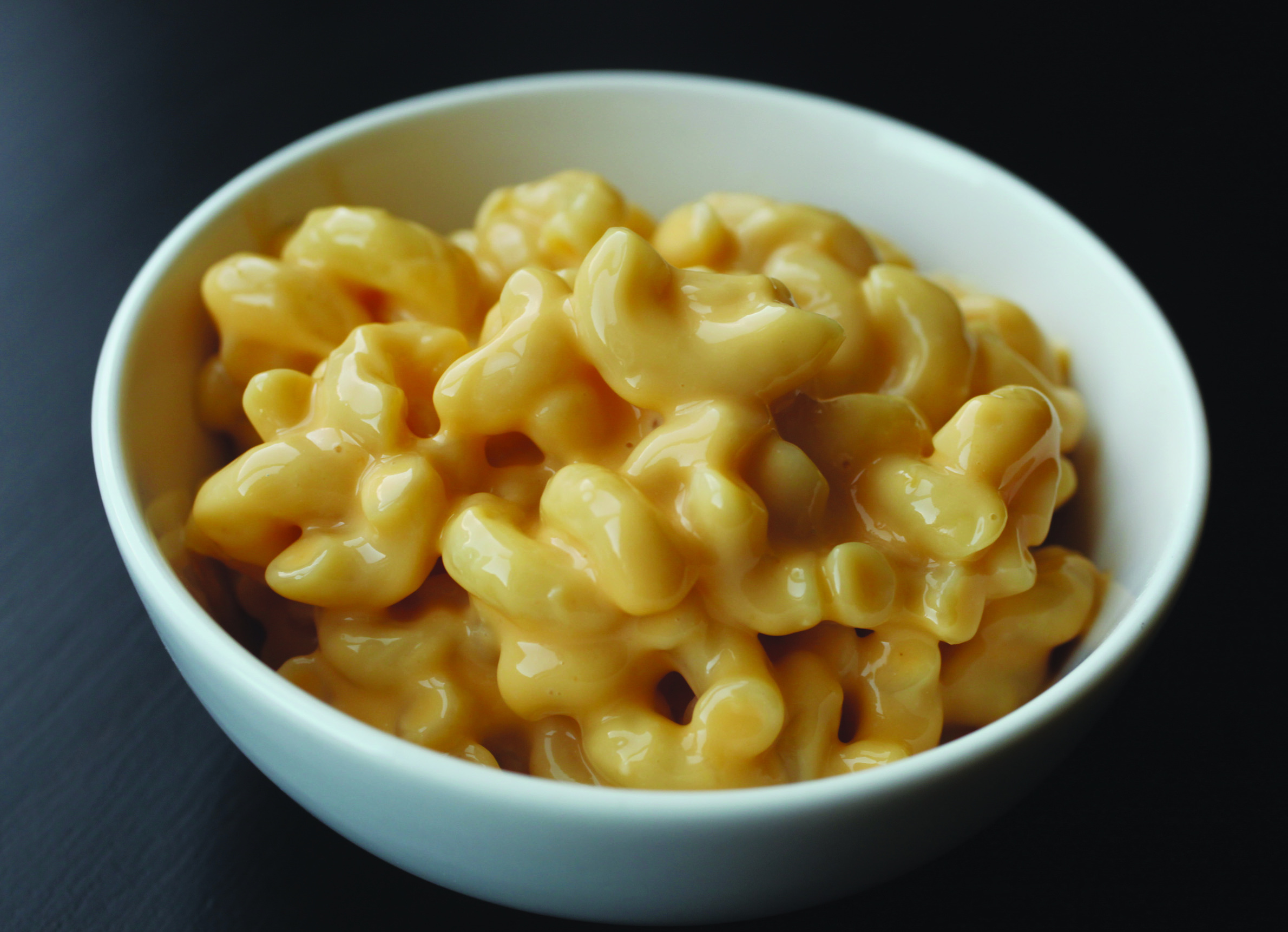 With so many recipes and techniques in the book, are there any you want to highlight?
With so many recipes and techniques in the book, are there any you want to highlight?
I really love the Stovetop Mac and Cheese. That's a food that everybody grew up with. The goal was to make a recipe that was maybe 25% more time-consuming than just opening up a box and pouring out the cheese packet, but would be many, many, many times tastier. So it's still a really easy recipe, thrown together in the time it takes to boil pasta, but it's way, way better than anything you'd get out of a box.
More so than the recipes, the techniques and construction are what I think sets this book apart from other cookbooks.
With this first book wrapped up, what are you excited to be working on now?
We've recently started this Food Lab video series, which is based on the column. Like the column, it's more about food science than straight cooking. That's something I'm pretty happy with, and have been working hard on for the last few months and will be doing a lot more in the future. --Kerry McHugh
Photos excerpted from The Food Lab: Better Home Cooking Through Science by Kenji Lopez-Alt. Copyright ©2015 by J. Kenji López-Alt. With permission of the publisher, W.W. Norton & Company, Inc. All rights reserved.
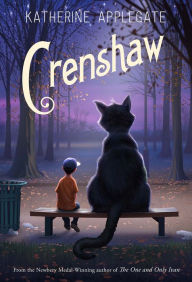
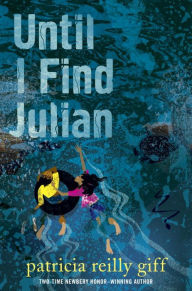



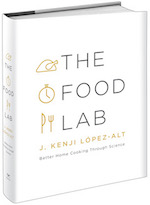


 The Food Lab grew out of your column of the same name on
The Food Lab grew out of your column of the same name on  And then there are photographs of various steps of each experiment, recipe and technique scattered throughout every narrative.
And then there are photographs of various steps of each experiment, recipe and technique scattered throughout every narrative. With so many recipes and techniques in the book, are there any you want to highlight?
With so many recipes and techniques in the book, are there any you want to highlight?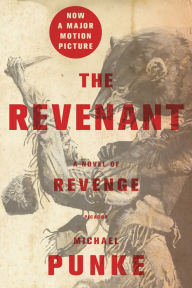 Michael Punke's 2002 novel The Revenant tells the true story of Hugh Glass, a fur trapper who was brutally mauled by a grizzly bear while exploring the upper Missouri river in September of 1823. Assuming that Glass would quickly succumb to his wounds, the leader of the trapping expedition, Andrew Henry, leaves him in the care of two men who are told to ease his suffering and bury him after his death. Glass survives, however, but not before the two men left to care for him steal his knife, his gun and his flint. So begins an engrossing journey for revenge that takes Glass across hundreds of miles of the western frontier as he contends with wild animals, the elements and hostile Arikara Indians. A feature film adaptation of The Revenant, starring Leonardo DiCaprio as Hugh Glass and directed by Alejandro González Iñárritu, is due out on December 25. The book is available in paperback from Picador. --
Michael Punke's 2002 novel The Revenant tells the true story of Hugh Glass, a fur trapper who was brutally mauled by a grizzly bear while exploring the upper Missouri river in September of 1823. Assuming that Glass would quickly succumb to his wounds, the leader of the trapping expedition, Andrew Henry, leaves him in the care of two men who are told to ease his suffering and bury him after his death. Glass survives, however, but not before the two men left to care for him steal his knife, his gun and his flint. So begins an engrossing journey for revenge that takes Glass across hundreds of miles of the western frontier as he contends with wild animals, the elements and hostile Arikara Indians. A feature film adaptation of The Revenant, starring Leonardo DiCaprio as Hugh Glass and directed by Alejandro González Iñárritu, is due out on December 25. The book is available in paperback from Picador. --